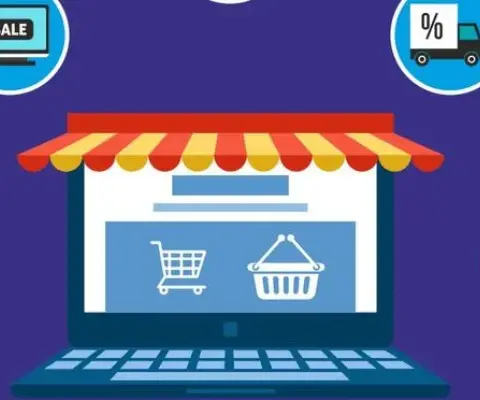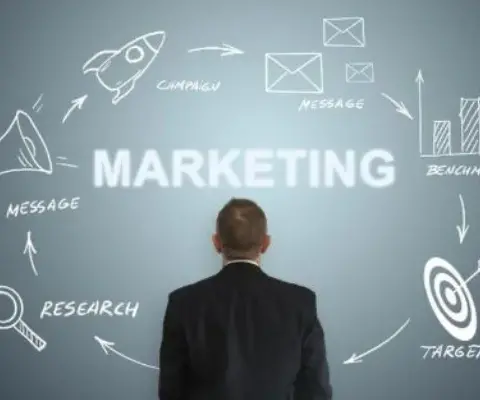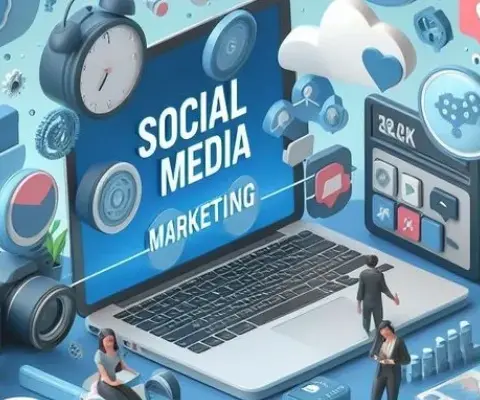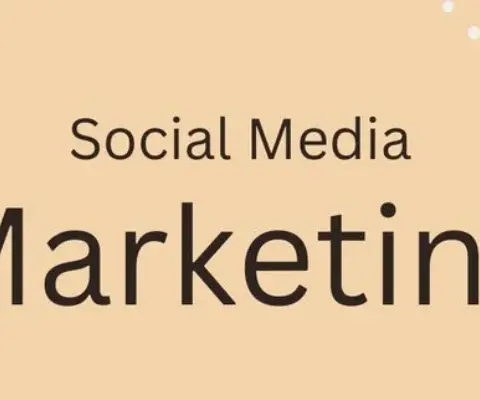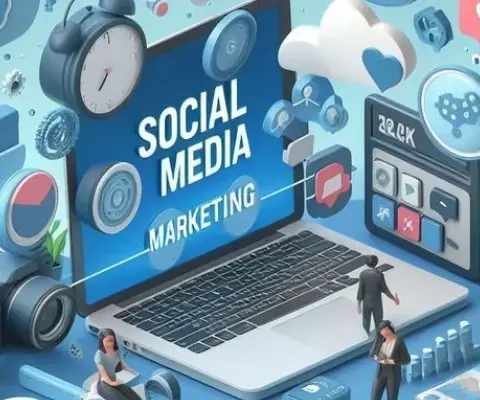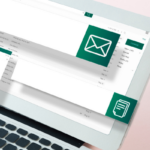Blogging in the Age of AI: A Comprehensive Guide
As we stand on the brink of 2024, the landscape of blogging is undergoing a profound transformation, driven by the relentless advancements in artificial intelligence (AI). This evolution is not just about the technology itself but about how it is reshaping the way content is created, consumed, and shared. This comprehensive guide explores the future of blogging, highlighting the role of AI in personalized content creation, the integration of multimedia elements, and the challenges and opportunities that lie ahead.
The Rise of AI in Blogging
AI is rapidly changing the way we create and consume content online. One area where AI is having a significant impact is in personalized content creation. AI-powered tools can analyze data about a user’s browsing history, preferences, and behavior to create personalized content that is tailored to their specific interests and needs. For bloggers, this means that AI can be used to create personalized content that resonates with their audience. AI-powered tools can analyze data from a blog’s readership to identify trends, topics, and content formats that are most popular among the audience. This can help bloggers to create content that is more likely to be read, shared, and engaged with .
The Integration of Multimedia Elements
The incorporation of multimedia elements like videos and interactive content within blog posts will become more prevalent, enhancing user engagement. With the growth of niche blogging and micro-communities, bloggers who focus on specific subjects are expected to attract more dedicated audiences. Additionally, bloggers who leverage SEO strategies and adapt to changing search engine algorithms will likely maintain visibility in an increasingly competitive digital landscape. However, blogging may face challenges in the form of diminishing attention spans and the preference for quick, easily digestible content. Bloggers will need to adapt their writing styles to keep readers engaged and invest in promotion to ensure their content reaches the right audience .
The Challenges and Opportunities of Blogging in the AI Era
The future of blogging is both promising and challenging. On one hand, the rise of video content, niche blogging, and micro-influencers are expected to play a larger role, as readers seek out more personalized and authentic content from creators with smaller, more engaged audiences. Storytelling will also continue to be an important part of blogging, as readers crave emotionally compelling content that resonates with them on a deeper level. In addition, there will be an increased emphasis on authenticity and transparency, as readers look for bloggers who are honest and upfront about their relationships with brands and sponsors .
On the other hand, blogging may face challenges in the form of diminishing attention spans and the preference for quick, easily digestible content. Bloggers will need to adapt their writing styles to keep readers engaged and invest in promotion to ensure their content reaches the right audience. The integration of social media and blogging, as bloggers use social platforms to expand their reach and engage with their audience, is another trend to watch. Voice-enabled devices are also expected to have a significant impact on blogging, as more and more readers use devices like Amazon Echo and Google Home to consume content .
AI for Better, Faster Content Creation
AI has transformed the blog content creation process, streamlining it, enhancing its efficiency, and opening up new avenues for creativity and innovation. AI can help bloggers overcome creative blocks and generate fresh, innovative ideas for blog posts. It can also assist in writing and editing, helping to improve writing style, eliminate errors, and ensure that content is clear, concise, and engaging. AI can provide valuable insights into your target audience’s demographics, interests, behavior, and conversion rates, enabling you to personalize your content and create content that is more relevant and engaging .
Conclusion
The future of blogging is bright, with many exciting predictions and trends on the horizon. As bloggers continue to experiment with new strategies and technologies, we can expect to see more innovative and engaging content that resonates with readers and drives the industry forward. Embracing the power of AI and exploring its capabilities for content creation, optimization, and audience analysis is key to staying ahead in the rapidly evolving landscape of blogging. The future of blogging is not just about the technology itself but about how it will reshape our world, making content more personalized, engaging, and accessible than ever before .


